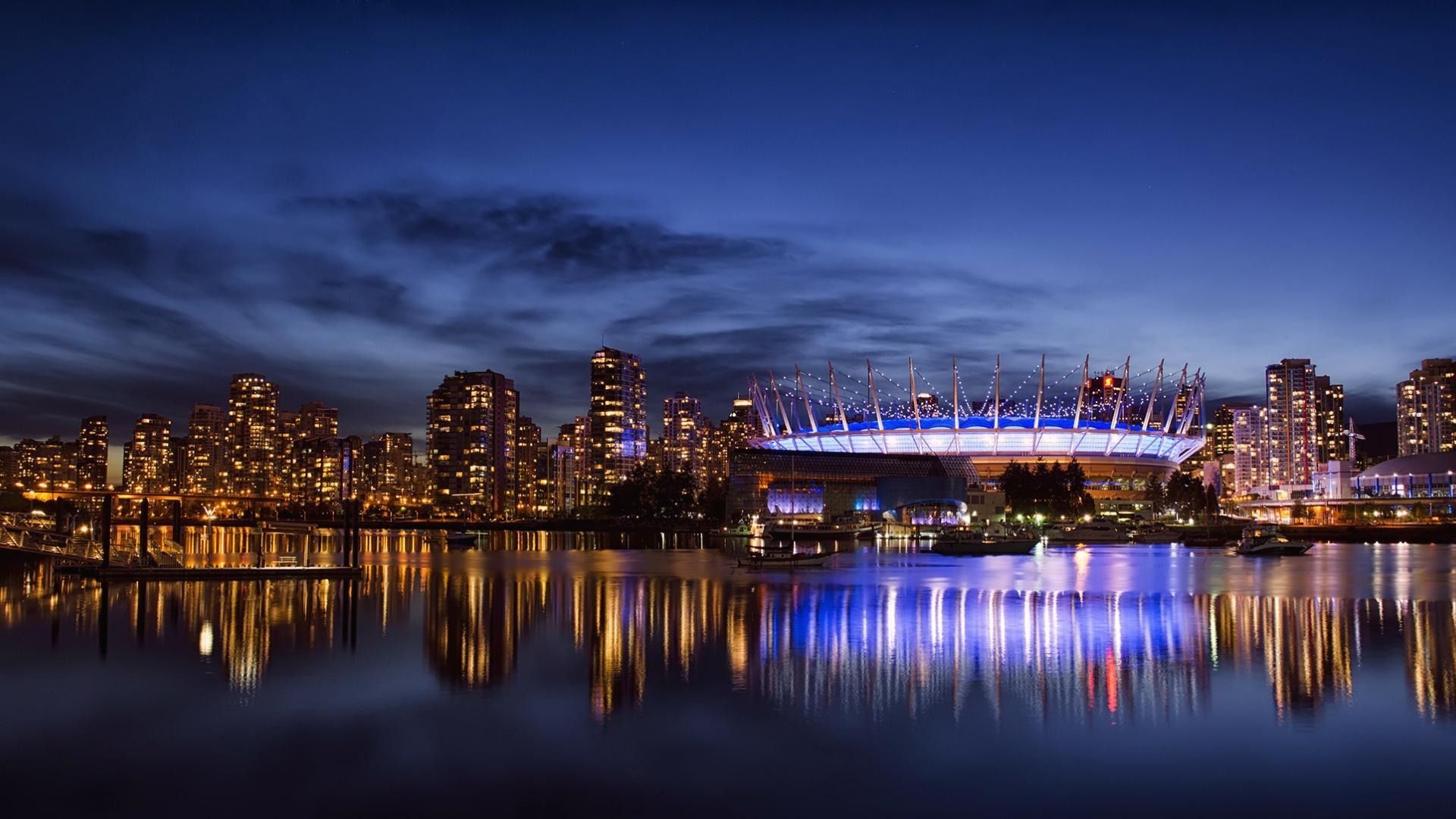'2024/04/26'에 해당되는 글 6건
- 2024.04.26 UAE would need to double its clean hydrogen production target to meet export and domestic demand by 2031
- 2024.04.26 Global pipeline of hydrogen electrolysis projects grew by 55GW in past six months: analyst
- 2024.04.26 Longi plans to increase electrolyser output to 5-10GW next year as it eyes global green hydrogen market
- 2024.04.26 Giga-scale green hydrogen project announced in Arctic Norway using world's first floating ammonia production vessel
- 2024.04.26 Kazakhstan targets 10GW of electrolysers by 2040 but promises 'technological neutrality'
Global pipeline of hydrogen electrolysis projects grew by 55GW in past six months: analyst
'New Energy' 카테고리의 다른 글
Longi plans to increase electrolyser output to 5-10GW next year as it eyes global green hydrogen market
'New Energy' 카테고리의 다른 글
Giga-scale green hydrogen project announced in Arctic Norway using world's first floating ammonia production vessel
Kazakhstan targets 10GW of electrolysers by 2040 but promises 'technological neutrality'
Hydrogen sulphide can be found in high concentrations in associated gas (produced alongside primary oil production), which Kazakhstan, a prolific oil producer and exporter, has a ready supply of.
However, despite the country’s significant green hydrogen ambitions, the strategy is light on detail on what subsidies might look like, what the green hydrogen might be used for, or where production might be located.
However, Hyrasia was not mentioned in the new document, despite the fact that a December 2023 post on Svevind’s website suggests that pre-FEED work has been completed and development work was on-going throughout 2023.
“I consider that green H2 part of the roadmap draft is not elaborated well,” said independent hydrogen expert Yury Melnikov. “10 GW of renewables is simply not enough for 10 GW of electrolysers.”
The Kazakh strategy also highlighted the specific challenges the landlocked country faces to produce green hydrogen production, pointing out that electrolysis requires between 10-30 litres of water (depending on impurities) per kg of hydrogen.
“Considering the current difficult situation regarding water resources in the country, caused by such factors as: irrational use of water resources, pollution of surface and groundwater, outdated water use technologies, issues of joint use and protection of transboundary waters, it is necessary to come to the issue of hydrogen production in Kazakhstan expediently and with a well-developed plan,” the strategy says.
Kazakhstan is targeting 10GW of electrolysis capacity by 2040, to be integrated with 10GW of new dedicated renewable energy capacity, according to the Central Asian nation’s new draft hydrogen strategy But while the new draft, launched yesterday (Wednesday), notes the various colour pathways to hydrogen production, it explains that oil & gas producing country plans to remain fully “technology-neutral” with regards to H2 production, with no “discrimination” towards fossil fuels.
In total, the government in the capital of Nur-Sultan wants to see 5trn tenge ($11.2bn) in investment in the country’s hydrogen sector by 2040 — which it also hopes will yield a pilot blue hydrogen project that will use some of the country’s massive fossil gas reserves, with carbon capture and storage (CCS).
Although the strategy is in draft form, Kazakh prime minister Oljas Bektenov has recommended the document for approval.
The strategy envisages Kazakhstan becoming an exporter of hydrogen, as well as stimulating demand in its own domestic markets for use in industry, heavy-duty transport (trucking and buses) and rail.
It also seeks to prioritise the development of hydrogen blending projects, utilising its existing gas infrastructure.
Kazakhstan would develop and create “a new technological line for the production of environmentally friendly hydrogen and its optimal mixing with natural gas, the creation of a new highly efficient ‘gas-hydrogen fuel’ for use in gas turbine thermal power plants and others,” the strategy read.
Pilot projects for hydrogen and hydrogen blends could be carried out in housing and communal buildings, it added.
In addition, the strategy places a strong emphasis on research and development work and international collaboration, especially in the field of nuclear hydrogen.
Kazakhstan exports 43% of the world’s uranium but does not currently have an operating nuclear power plant, despite a long-running debate in the country over whether or not it should build one.


